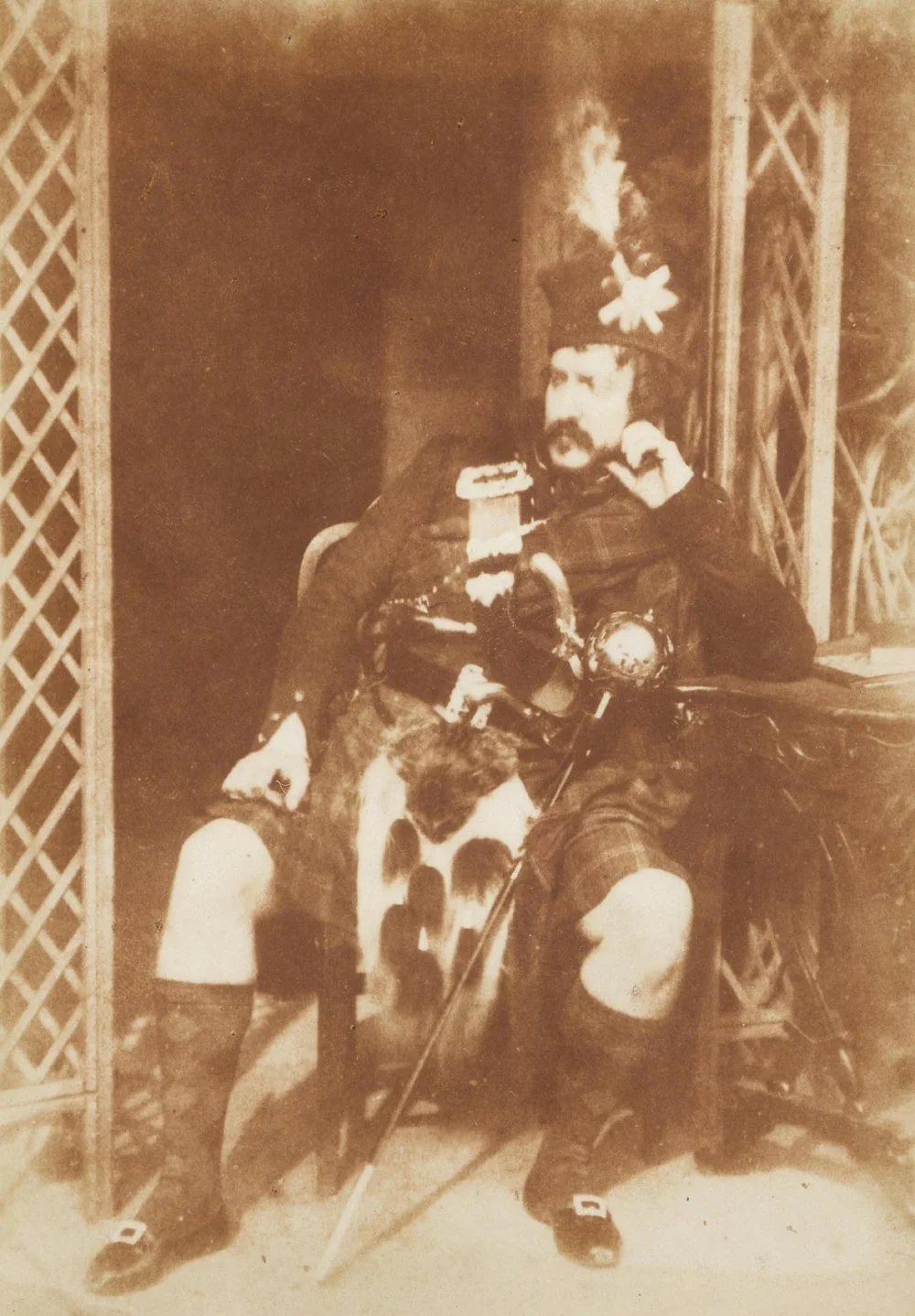


The partnership between David Octavius Hill (1802 - 1870) and Robert Adamson (1821 - 1848) was formed in Edinburgh in July 1843, just four years after the invention of photography was announced. In the four years that followed they produced a remarkable body of work that included portraits, landscapes and social documentary. Their work had an enduring influence on photography worldwide and stands as one of the earliest and most important contributions to the artform.
In the 1840s there were two competing photographic processes: the Daguerreotype, invented in France by Louis-Jacques-Mandé Daguerre, and the calotype invented in England by William Henry Fox Talbot. It was Talbot’s invention, introduced to Scotland thanks to the scientist Sir David Brewster, that Hill & Adamson took up. Through his correspondence with Talbot, Brewster was able to pass on knowledge of the process to others in his St Andrews circle. It was Dr John Adamson, Robert’s elder brother, who became the first person to successfully produce a calotype in Scotland. John then instructed his younger brother, who became ‘well drilled in the art’ by August 1842.
Robert had suffered from ill health since boyhood, which had left him too frail for his chosen career as an engineer. Photography offered a less physically demanding alternative. So, in May 1843, he moved to Rock House at the foot of Calton Hill in Edinburgh, with the intention of setting himself up as a photographer.
In contrast, David Octavius Hill was already an established landscape painter, and twenty years older than Adamson, when the two met. Born in Perth in 1802, he moved to Edinburgh at the age of 16 to study painting and established himself as an excellent landscape and genre painter, becoming the secretary of the Royal Scottish Academy in 1843. ~ National Galleries Scotland